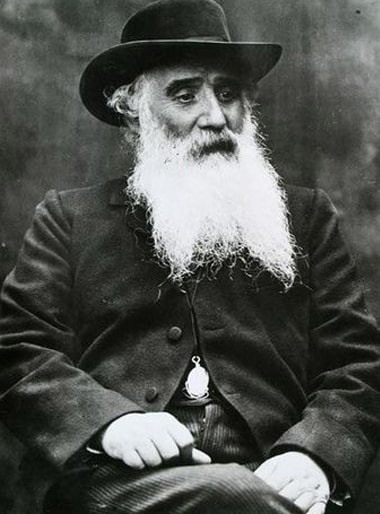Camille Pissarro Biography

Camille Pissarro, a key figure in the Impressionist movement, was born in St. Thomas, Danish West Indies, in 1830. His innovative approach to capturing the essence of light and color in his works, as well as his commitment to portraying the beauty of everyday life, have made him a master of Impressionism and a pivotal figure in the development of modern art.
Camille Pissarro, born in St. Thomas, Danish West Indies, in 1830, was a pivotal figure in the Impressionist movement and a master of capturing the essence of light and color in his works. His early years were marked by a deep appreciation for nature and a keen interest in art, leading him to pursue a career as a painter despite his family's wishes for him to enter a more traditional profession.
After moving to Paris in 1855, Pissarro quickly became immersed in the vibrant art scene of the city, where he encountered artists like Corot and Courbet who would influence his early style. It was during this time that Pissarro began to experiment with the principles of Impressionism, focusing on capturing the fleeting effects of light and the natural world in his paintings.
Pissarro's commitment to portraying the beauty of everyday life and the changing seasons set him apart as a unique voice in the Impressionist movement. His landscapes and urban scenes, such as "The Boulevard Montmartre at Night" and "The Harvest," are characterized by their vibrant colors, dynamic compositions, and sense of movement, reflecting his deep connection to the world around him.
Despite his artistic success, Pissarro faced numerous challenges throughout his life, including financial struggles and political activism. His involvement in the Paris Commune of 1871 led to his exile from France, but he continued to paint and exhibit his work, remaining dedicated to his artistic vision and his commitment to capturing the beauty of the natural world.
Pissarro's art was initially met with skepticism by the art establishment, but over time, he gained recognition as a master of Impressionism and a key figure in the development of modern art. His influence on artists like Monet, Cézanne, and Seurat helped shape the course of art history, paving the way for the emergence of Post-Impressionism and other groundbreaking artistic movements.
Today, Pissarro's legacy as a pioneer of Impressionism continues to inspire and captivate audiences around the world. His innovative approach to light, color, and composition, as well as his commitment to capturing the beauty of everyday life, have cemented his place as one of the most important and influential artists of the 19th century.